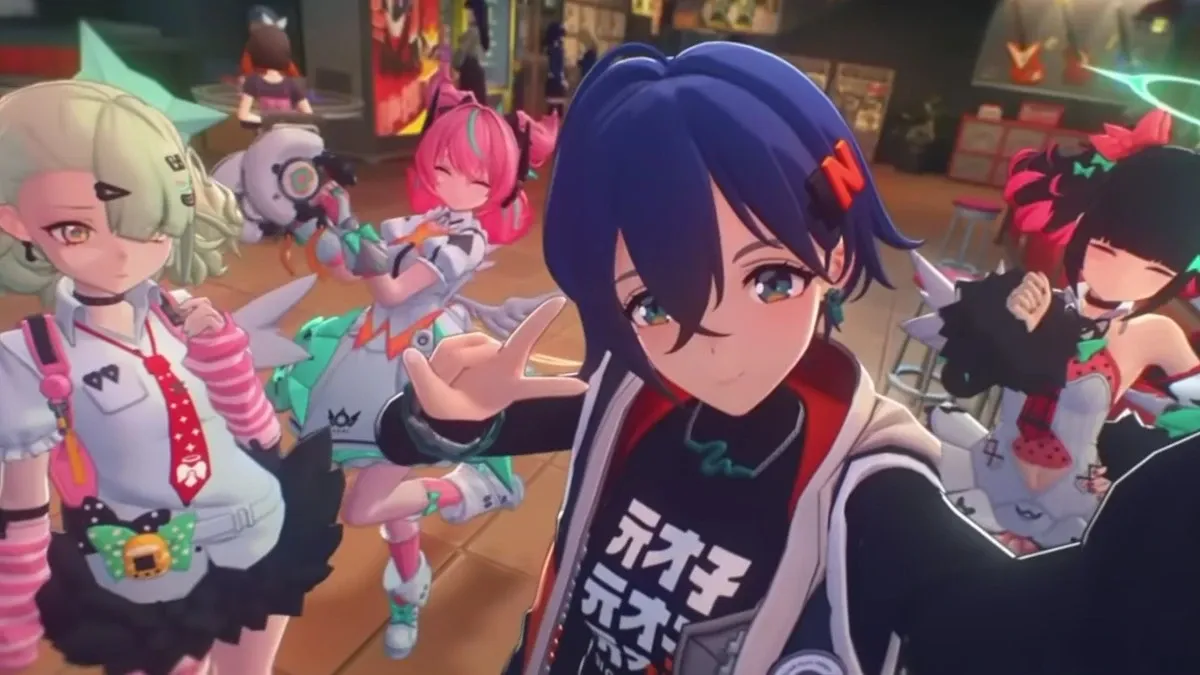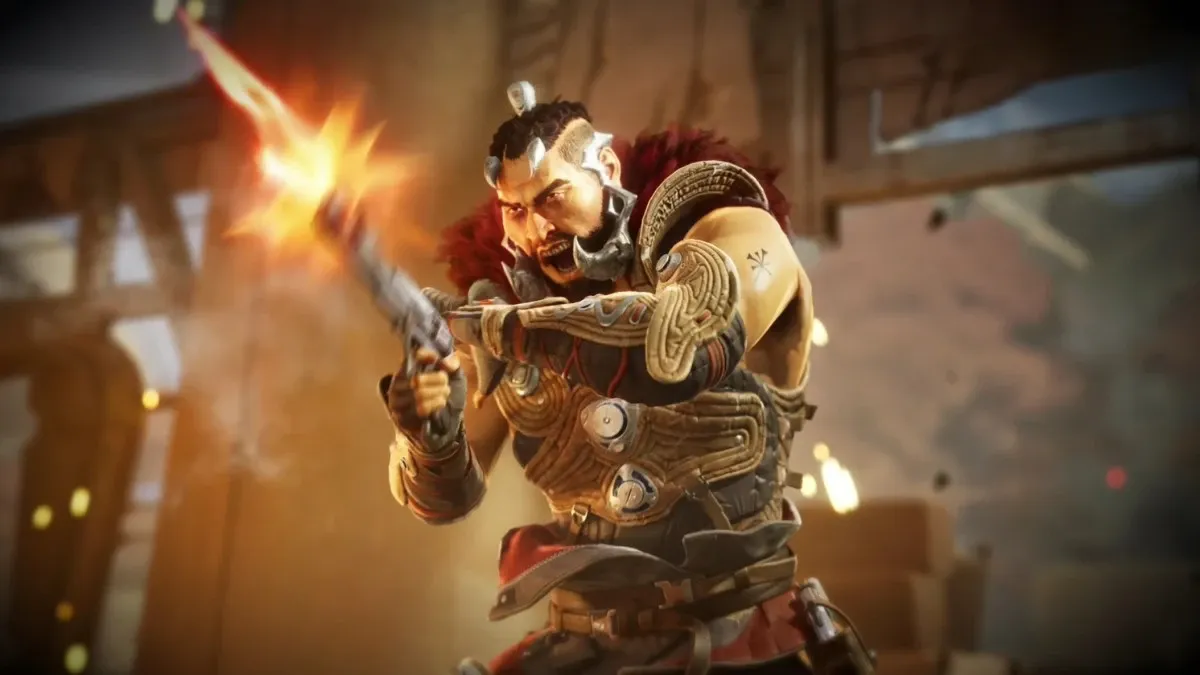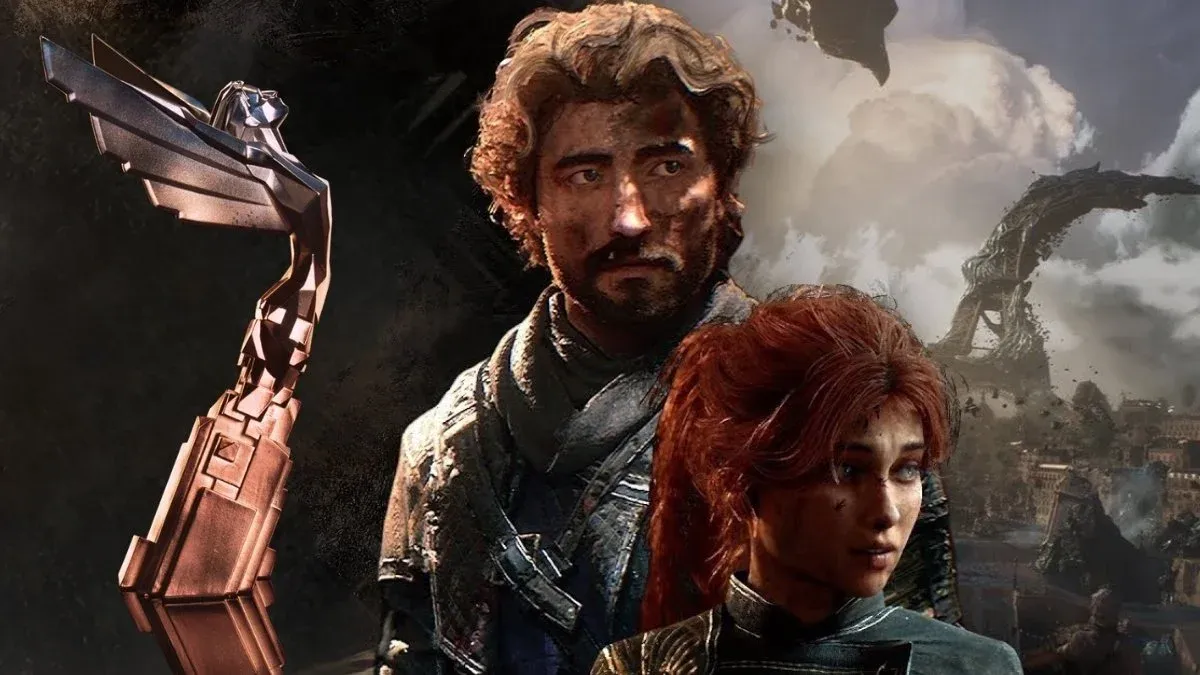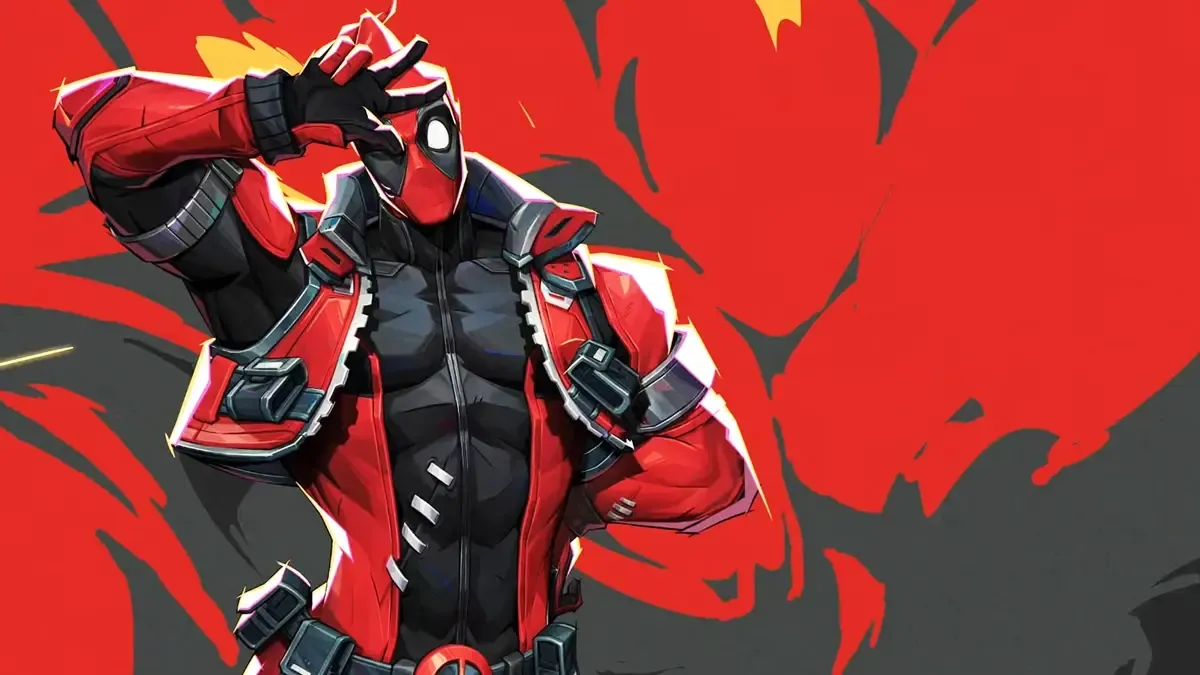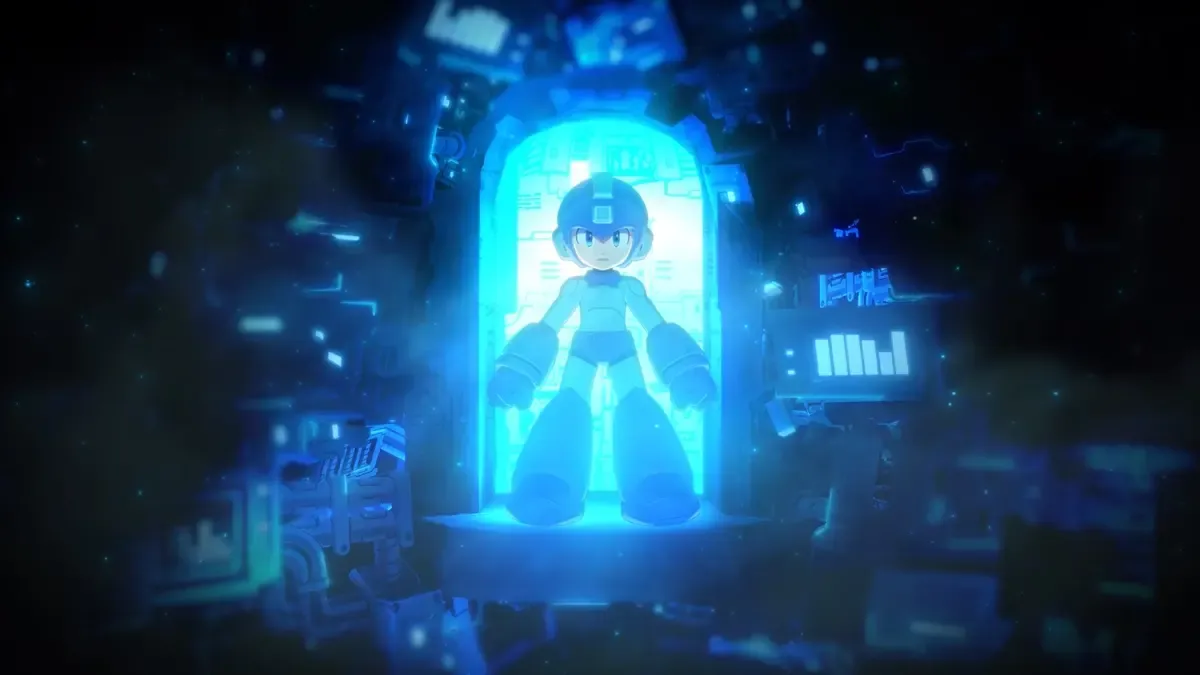Many multiplayer games thrive not just on their gameplay and live-service updates, but their stories and characters.
When Overwatch 2 first announced that its PvE-style Hero Missions were being dropped in favour of a less ambitious three-mission linear campaign, the move was lambasted by fans new and old alike. Many assumed that Blizzard was dropping support for its story campaign entirely, which proved not to be the case at all. These Hero Missions were simply put to the wayside in favour of the core PvP modes, so players could get more of the content they already love. So why was everyone ready to revolt over the loss of a few story missions?
Lore matters in gaming, but the extent to which it matters depends on the game. World of Warcraft players are much more likely to be enticed back by a big new expansion that boasts interesting changes to the stories and characters they love, rather than a small series of content changes every year. On the flip side, Valve can add all the item flavour text it wants to DOTA 2 — people are more likely to pay attention to the small content changes that come with each patch.
Some games thrive in spite of their lack of worldbuilding, while others double down on their storytelling to keep you playing. When does lore matter in gaming, and why do we care so much about it?
The interactive museum

Where single-player narrative-driven games often deliver their stories to players via cinematic cutscenes, in-game dialogue, and action set pieces, multiplayer games are forced to take a very different route. There aren’t enough cutscenes in the world to pad out an endlessly re-playable multiplayer game, which is what titles like Overwatch 2 and League of Legends aim to be. Even if there were, these cutscenes would just get in the way of keeping players engaged in the actual moment-to-moment gameplay.
Multiplayer games resort to other means to tease out their lore to players, most commonly via flavour text attached to cosmetics, items, and weapons, or lengthy character bios for your favourite heroes. These little two-sentence descriptions are meant to be easily ignored for the casual player, but they do a lot to satiate the appetites of diehard lore fans. A research article by Sky LaRell Anderson on gaming likens these little lore notes closer to, “touring a museum than reading a textbook,” as a learning experience they call, “the interactive museum.”
Honestly, referring to these bits of text as parts of an ‘interactive museum’ isn’t that much of a stretch. Much like a real-life museum, we’re going out of our way to learn more about this world, its inhabitants and their tools, all out of a love for its history. Other games can take a more straightforward approach, of course. World of Warcraft has all these notes, sure, but it would be nothing without its cinematics, endless pages of dialogue and voiced NPCs. The whole point of an MMO is to share a large virtual space with real-life people, but that’s only fun if everyone finds the space interesting enough to inhabit.
How do different games deliver their lore?

Different games handle lore in different ways, even if they operate in the same genre. Apex Legends and Fortnite for example, are two battle royale games that tell an ever-evolving story, but have drastically different approaches to pushing the lore forward. In the past, Apex Legends had quest-like activities for players to complete around the map — such as interacting with specific objects or picking up items — which reward them with an in-game cinematic or some other form of story development.
Fortnite goes a different way. For a long time, its story was mainly told through small changes in the map. Chapter 1 Season 4 began a persistent storyline involving portals, rockets, and even a giant mech, all building up to live in-game events players got to experience simultaneously across the world. The battle royale game has only got more ambitious with its storytelling since with massively scaled-up live events, quest chains, and the addition of NPCs shaking things up every other season.
In both games, these story events can still be safely ignored in their entirety. The casual player can log in, play some matches, and move on without caring about Revenant going insane in Apex, or Fortnite using time travel to bring Chapter 1’s map back. The hardcore players will have already noticed the build-up to both these events in missable NPC interactions and small Easter eggs on the map, all of which get documented online by an extensive, lore-hungry fanbase. Entire subreddits have been set up specifically for the lore of games like Overwatch and Apex, forming communities that come together more out of a love for these worlds than actual gameplay.
Caution: In-game lore notes can snowball into Netflix shows

Magical things can happen when a video game doubles down on its in-game lore. League of Legends has an extensive collection of character and location biographies available via its in-game client and dedicated website, but you’d be forgiven if you haven’t read any of it. After all, the MOBA pushes skins and cosmetics on players more so than it does lore in-game. Seeing as the game sports a massive roster of Champions with distinct personalities and backgrounds, however, there always seemed to be more story to tell.
Riot realised this a few years back and started building out League’s universe with multiple spin-offs centred on the game’s many characters and regions. These stories have retroactively become a crucial part of their backstories, especially where characters like The Ruined King and Sylas are concerned, as entire games revolve around them. The most successful League spin-off turned out to not even be a game, but a series: Netflix’s Arcane, which became such a resounding hit that it caused Riot to start rewriting its own lore to accommodate the series’ events.
These games (and series) can only exist due to the strength of League of Legends as a brand, and a pre-existing hunger for more knowledge of its universe. Players want the interactive museum, but the League client was never built to accommodate that — so the museum is built elsewhere and in multitudes. All that just from some flavour text in a popular MOBA.
Conclusion
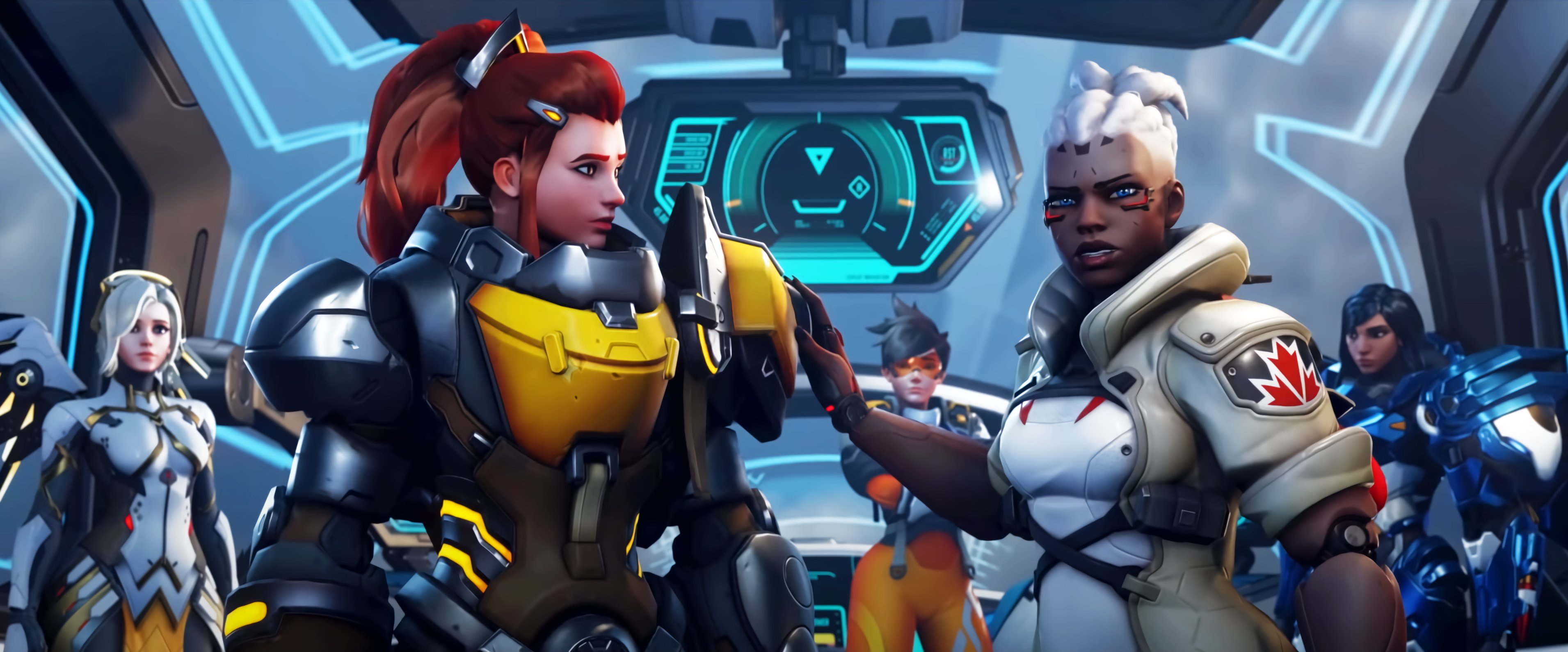
The premise of Overwatch 2’s campaign isn't terribly exciting when taken at face value; a futuristic world once ravaged by a robot invasion is threatened by yet another robot invasion. That was never what attracted me to the sequel in the first place. Blizzard built a futuristic world filled with a roster of playable characters that came from all corners of that world, each equipped with enough charm to match their quirky gameplay. They had interesting origin stories buried in short cinematics and in-game bios, but there was clearly so much more that could be done with them.
The sequel gave us a paid expansion consisting of three missions and nothing for months after, which is disappointing to say the least. However, it’s also worth pointing out that I don’t feel jilted enough to skip the next batch of campaign missions whenever they arrive. I got what I wanted: some forward progress on this story after seven long years, more interactions between the characters I love, and a way to play as them that didn't involve payloads and control points. If Blizzard charges me another $15 for three new missions, I’ll complain, but I’ll still fork up.
I don’t need a lot to get invested in a game — just a fun character to get attached to, and some lore notes here and there. The promise of more is what keeps me in the interactive museum, and that’s what the museum is designed to do.


